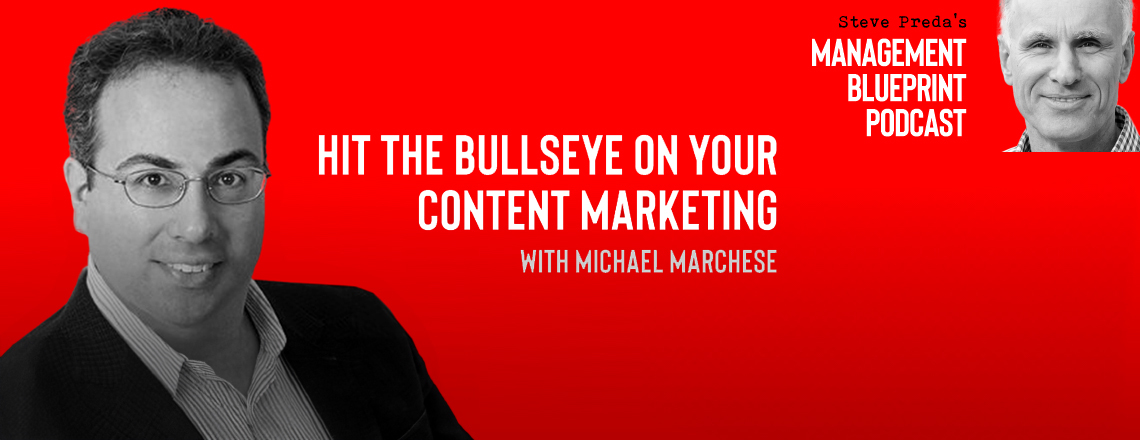For just about anyone engaged in search engine optimization, the entire point is to land at the top of Google’s search engine results pages for a relevant keyword, keyphrase, or set of keywords. In fact, the top four results for a specific keyword get 96 percent of clicks.
Simply put, top rankings are the holy grail of SEO.
But brand managers and marketers already know that. The hard part is figuring out just how long it will take to get results after optimizing a website for search engines.
Almost everyone says that SEO is a long-term strategy, not an overnight short cut.
It’s a process that requires consistency and patience, even when it takes weeks for a spike in traffic to happen. But technology business owners naturally need to know how much time they should devote to their SEO goals and how long it will take to get there.
This guide will advise marketers on a realistic timeframe to achieve company SEO-related goals.
Set realistic goals
The speed with which marketers will see results from their SEO efforts ultimately depends on a number of variables, such as the following:
- Competition – Technology companies often find themselves surrounded by competitors dominating rankings for their target keywords. The stronger the competition, the longer it will probably take to see results. Conversely, being in a highly specific niche tends to generate faster results.
- Keyword choice – A company’s choice of keywords will determine how quickly the campaign can produce results. Are these keywords high-competition and high-traffic or low-traffic and low-competition? This is where research helps identify the campaign’s keyword sweet spot-neither high-traffic or low-traffic.
- Investment – SEO might be less expensive than traditional advertising, but it still requires some investment of money and resources. And SEO is also scalable, which means that investing more time and money tends to generate faster results. How much the competition spends on their efforts also influences the success of a campaign.
- Learning curve – The less a marketer or brand manager knows about SEO, the more time it will take to get results. This is especially true for companies that learn as they go.
Start the SEO process and trust it
After setting realistic goals, the next step to a sound SEO strategy is establish a timeframe for the campaign. Below is a sample summary of a six-month SEO implementation strategy that technology companies can use.
- First month – This stage involves keyword research, auditing the website, and making recommendations.
- Second month – The bulk of technical SEO happens here, including correcting HTML errors, removing duplicated pages, applying alt tags, and writing metadata for all landing pages on the site.
- Third month – Content creation. Expect to spend a lot of time writing blogs, white papers, press releases, and articles. If the content clicks, this is where the campaign will begin to see a rise in traffic and rankings.
- Fourth month – Continue creating written and multimedia content to beef up the company’s link profile. Increase in rankings and traffic should continue.
- Fifth month – Branch into social media. This can amplify reach and engagement, generating high-quality links in the process.
- Sixth month – Optimize for conversions. Traffic is not the real goal of SEO – it’s conversions. The focus of this stage is to convert the spike in visitors into leads and leads into sales.
Keep at it
As mentioned earlier, SEO is not just about “traffic,” “rankings,” or “results.” Sure, these are all important, but what technology companies should really aim for is ROI. And this comes from visitors who take out their wallets to become paying customers.
This phase can take a little longer, and it might be frustrating to have a high clickthrough rate with no corollary increase in sales. Again, focus on optimizing for conversions to turn visitors into leads and leads into sales. Continue creating high-quality content to have a steady pipeline of fresh leads.
Summary
Ultimately, the answer to the question “How long does it take for SEO results to show?” is … it depends. This can be frustrating, but it is the reality. What is important is that tech companies do not stop trying to achieve their goals after launching the campaign, even if it takes more than six months to get there.












